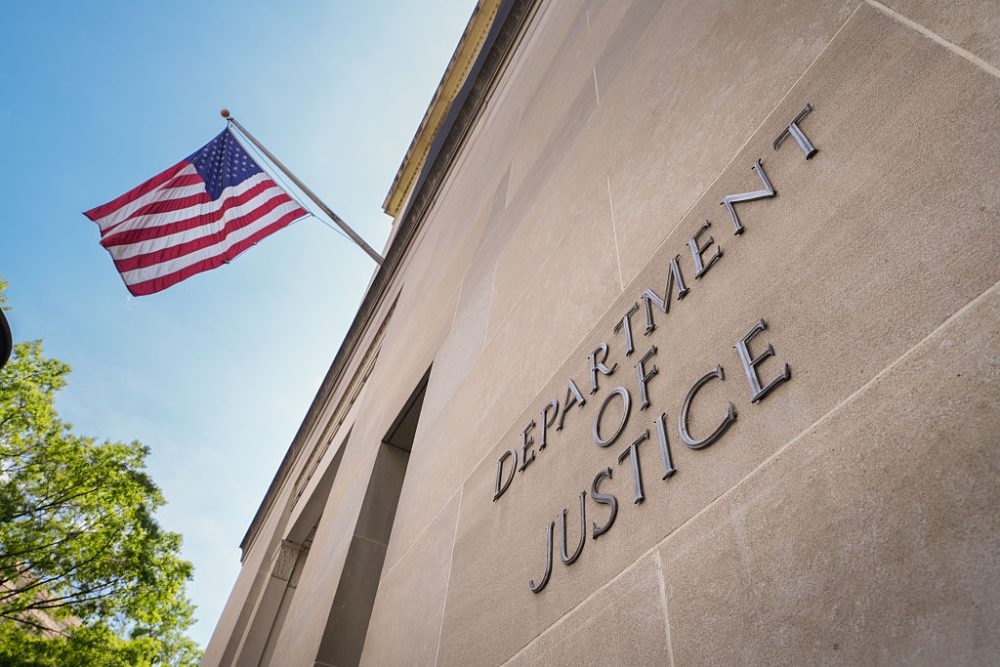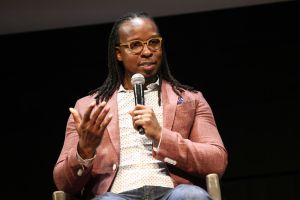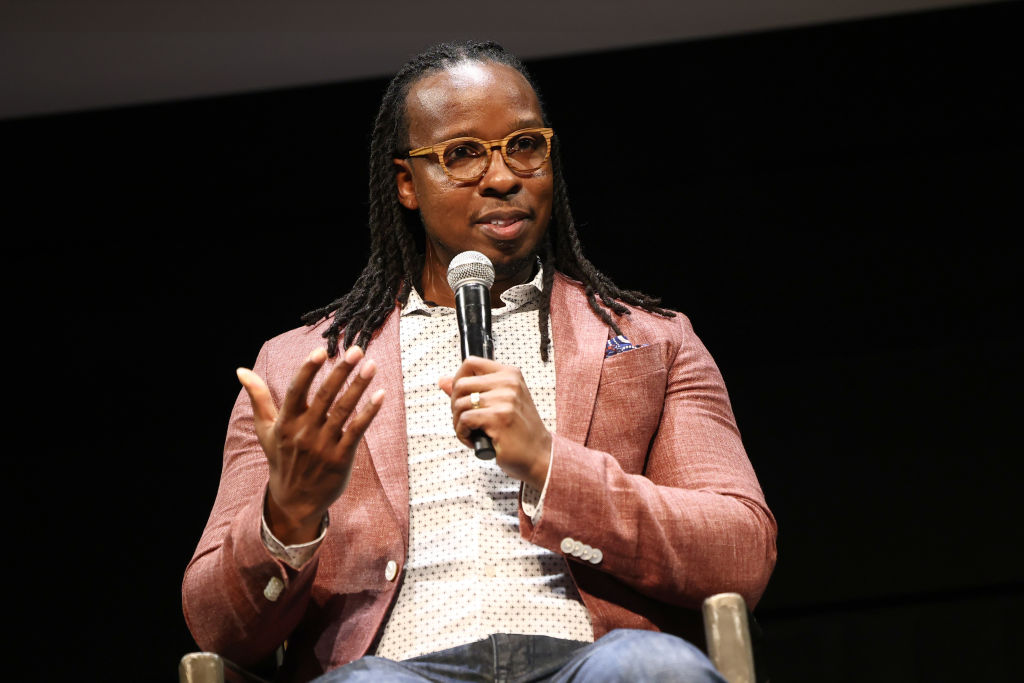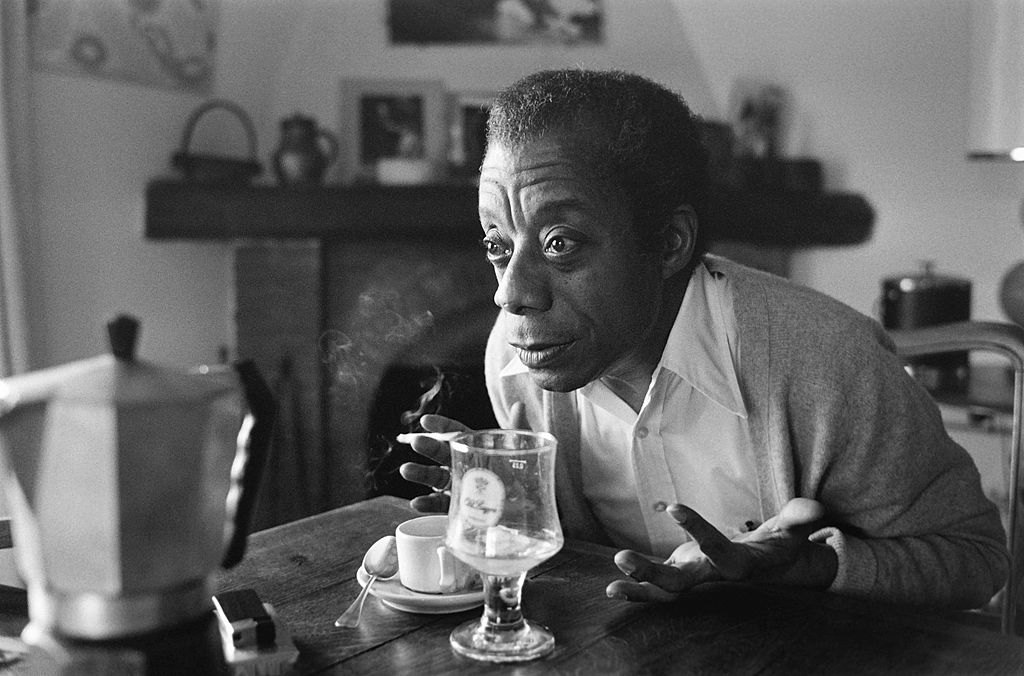In America, we are told justice is blind. Hennepin County wants her to peek.
Last week, the Department of Justice launched an investigation into Minnesota’s Hennepin County Attorney’s Office after prosecutors were instructed to consider race and age during plea negotiations.
County Attorney Mary Moriarty defended the policy as an effort to address “racial disparities” in the criminal justice system. But good intentions don’t excuse bad policy – and this one sends a dangerous message: that some people are less accountable for their actions because of the color of their skin.
As a black conservative, I am fully in favor of thoughtful criminal justice reform. I support second chances, alternatives to incarceration and interventions that account for the circumstances that shape a person’s life. But I draw the line at using race as a factor in legal outcomes. That’s not justice. That’s identity politics wrapped in a courtroom robe.
Let’s be clear: racial disparities do exist. Black Americans are disproportionately represented in the criminal justice system. That fact should concern anyone who believes in equal opportunity and fair treatment. But disparities are not the same as discrimination. And more importantly, they don’t justify codifying racial exceptionalism into prosecutorial discretion.
We have to be honest about what drives crime and incarceration. It’s not race – it’s broken homes, broken schools, and broken communities. These are the real roots of criminal behavior, and they cut across racial lines. Decades of research show that family structure, access to quality education, and socioeconomic status are far more predictive of criminal outcomes than race alone.
A young man raised in a two-parent household with a stable support system – regardless of skin color – is statistically far less likely to wind up in handcuffs than one raised in instability and poverty.
But Hennepin County’s policy ignores that nuance. It turns race into a moral variable. If you’re black or latino, your background is seen as a mitigating factor. If you’re white or asian, the same circumstances may not apply. That is not equal justice – it’s a race-based sliding scale of accountability.
Some defenders of the policy argue that considering race merely provides “context.” But context is not the problem. I fully support factoring in a defendant’s age, life circumstances, and potential for rehabilitation. There’s a meaningful difference between a seventeen-year-old first-time offender and a hardened thirty-year-old repeat criminal. Age can be a morally and legally relevant consideration, especially if there are signs that a person was acting under duress or immaturity.
But race? That sends a very different message.
It says: “You did it, but we understand – because people like you have suffered.” It replaces the principle of equal justice with a kind of moral patronization. And it reinforces a toxic narrative already gaining traction in American culture: that black and brown people cannot be held to the same standards because the system is rigged against them.
That’s not just false – it’s destructive. It undercuts the very communities it claims to help.
Because if we tell a generation of young black men that they’re not fully responsible for their actions, we rob them of agency. We don’t lift them up – we lock them in. We reinforce the lie that their fate is determined by racism, not by choices. And we subtly discourage the one thing every successful society requires: personal accountability.
This isn’t compassion. It’s surrender.
Real justice must take the whole person into account. Not just their skin color. Not just their zip code. We need policies that are race-neutral but socially aware – ones that understand the influence of poverty, trauma, and lack of opportunity without falling into the trap of racial determinism.
There’s a better path forward than what Hennepin County is offering. If prosecutors want to create fairer outcomes, they should focus on expanding diversion programs, community-based mentorship, job training, and early intervention. They should build partnerships with churches, nonprofits and families to steer young people away from crime before it starts.
They should look at a person’s full life story – not just their racial identity.
The irony here is painful. In the name of fairness, we are resurrecting a race-conscious legal system. The last time America went down that road, it was called Jim Crow. The faces have changed, the motives have changed – but the moral failure is the same: unequal treatment under the law.
We cannot fix injustice by creating new forms of it.
Justice must be firm, compassionate, and colorblind. The people most affected by crime – especially in black and brown neighborhoods – deserve a system that holds offenders accountable and deters future harm. Victims deserve to know that the scales haven’t been tipped because of skin color. And defendants deserve to be treated as individuals, not as representatives of a racial group.
Equal justice isn’t easy. It requires nuance, judgment, and moral clarity. But it’s still the only justice worth fighting for.
And if we abandon that ideal in favor of racial balancing acts, we will have lost not just our principles – but our legitimacy.


























Leave a Reply